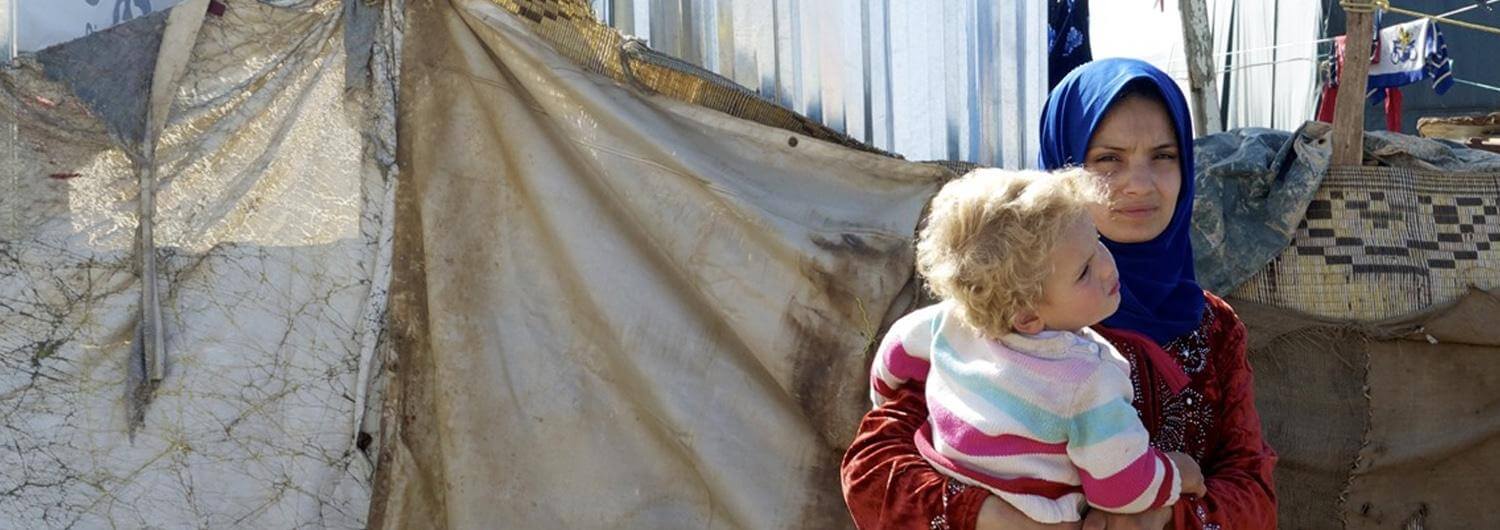Stories
Stories of Syria's displaced: Ahmed & Selma

How refugee life in Jordan is challenging for Syria's fleeing families
In Kitim, a small village in Jordan close to the border with Syria, we continue our assessment of humanitarian needs to supplement our already-running relief programmes for refugees in neighbouring Lebanon and Turkey.
The influx of new arrivals has led to profound changes in Kitim. For some Jordanians, the opportunity to rent out homes and provide services to Syrian refugees is enriching their wallets. For others, though, they’re feeling the strain of competing for jobs.
But it’s the Syrians who are having the hardest time of all. We recently introduced you to Mahmoud, a Syrian who has moved to Kitim with his family. He introduced Action Against Hunger to his brother Ahmed, his wife Selma, and one of her friends. Their small rented home, down a dusty alley in Kitim, houses four adults and seven children.
Hard times for a husband and wife
Selma told us about what it was like to move from her Syrian home in Daraa to Za’atari in Jordan, which now surpasses Dadaab, Kenya, as the world’s largest refugee camp. The sense of deprivation and humiliation, she said, was overwhelming. The living conditions were precarious. Her kids got sick, and without sufficient medical care to be found, the family fled to Kitim, where relatives had already moved.
Three of Selma’s children are severely hearing impaired, and their hearing aids have broken since they’ve moved from Syria. Her greatest wish is to get the devices fixed, but they simply don’t have the money.
"Here, it’s not easy to work,” her husband Ahmed explained. “Syrians often earn less than Jordanians for the same jobs. Same goes for rent. The last tenant, a Jordanian, paid 80 Jordanian dinar for the house. We paid 150.”
How Action Against Hunger is helping
Action Against Hunger is helping tens of thousands of Syrian refugees in nearby Lebanon and Turkey. Our teams are currently assessing needs in Jordan, gauging a range of factors — from economic and health conditions, to psychological to social needs — among this rapidly growing body of refugees before determining where and how to provide needed services.
The number of Syrian refugees just surpassed a staggering two million. More than a million of those have poured into Jordan, and many more are on the way. The humanitarian community is hard at work helping to build safe, secure futures for both host populations and refugees—people just like Ahmed, Selma, and their children.
By Christine Kahmannne
JOIN US
Donate now
Your donation will reach those who most need it
Become a member
Join the generation that can bring an end to hunger
Donate via SMS
send HAMBRE to:
- 28010(1.2€)
- 38010(6€)
- 38012(3€)
Full donation to our projects. Valid for Movistar, Vodafone, Orange and Yoigo